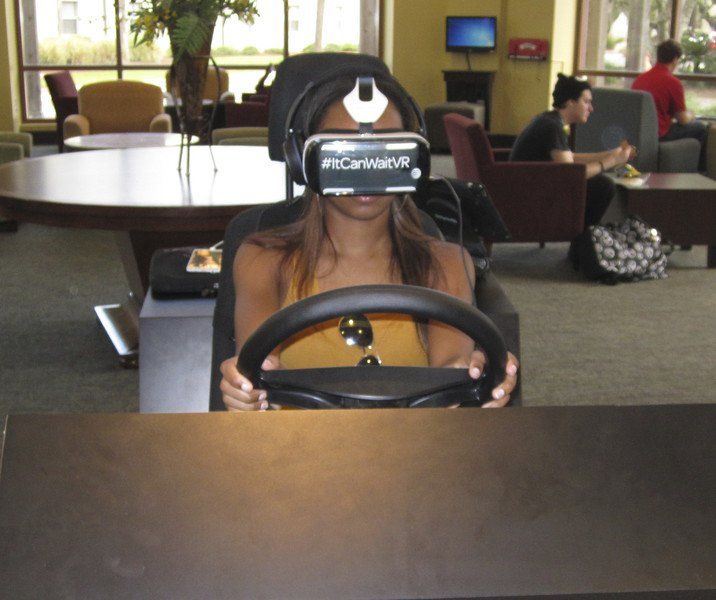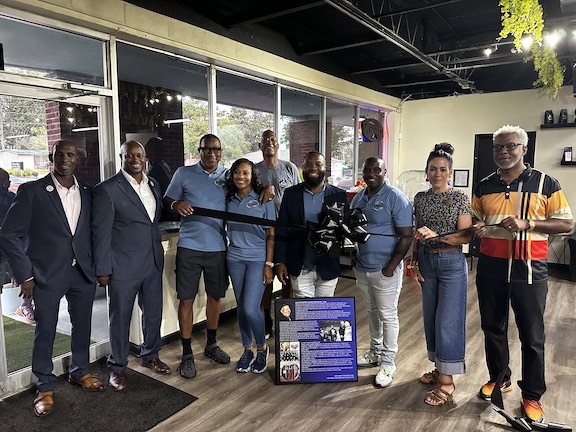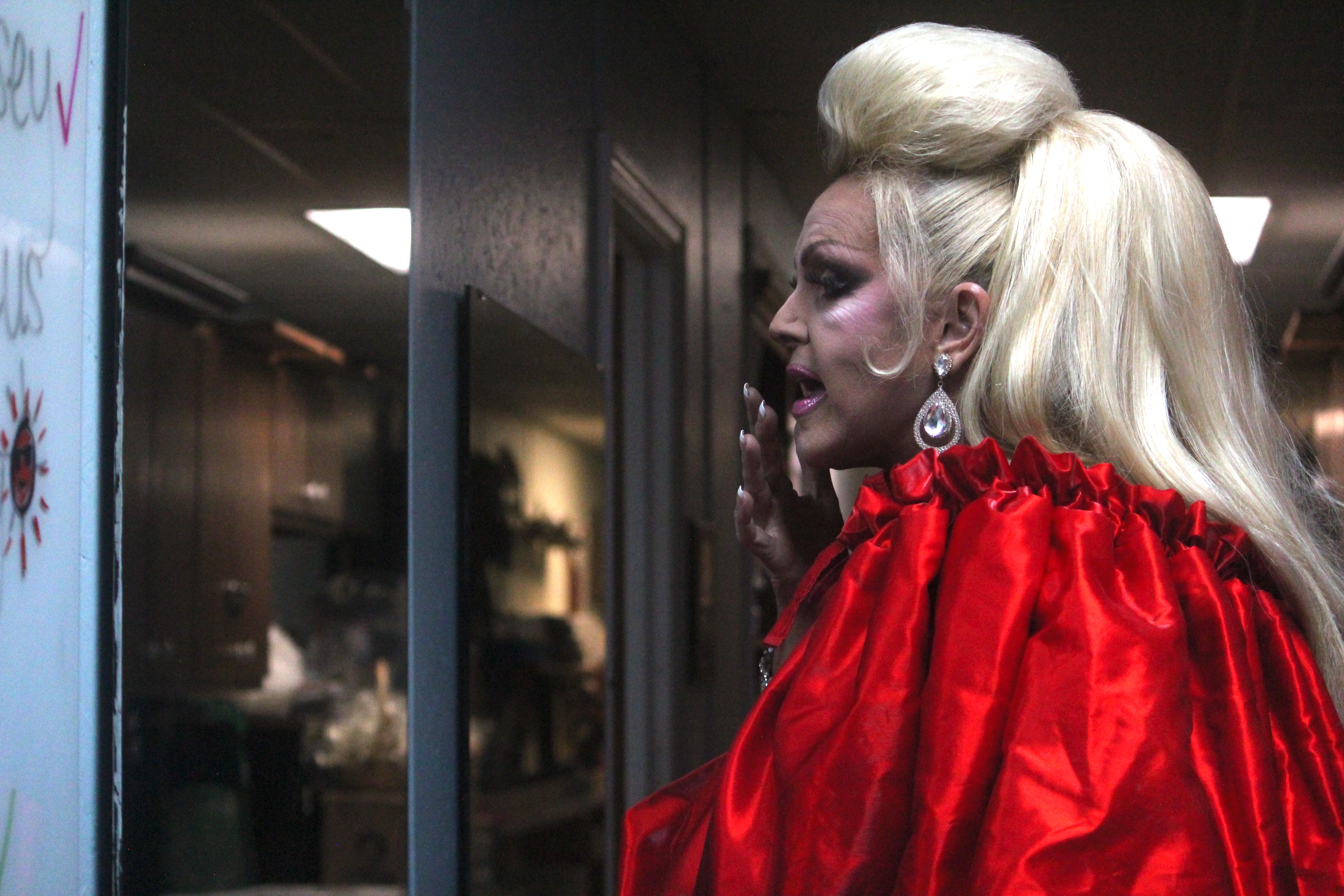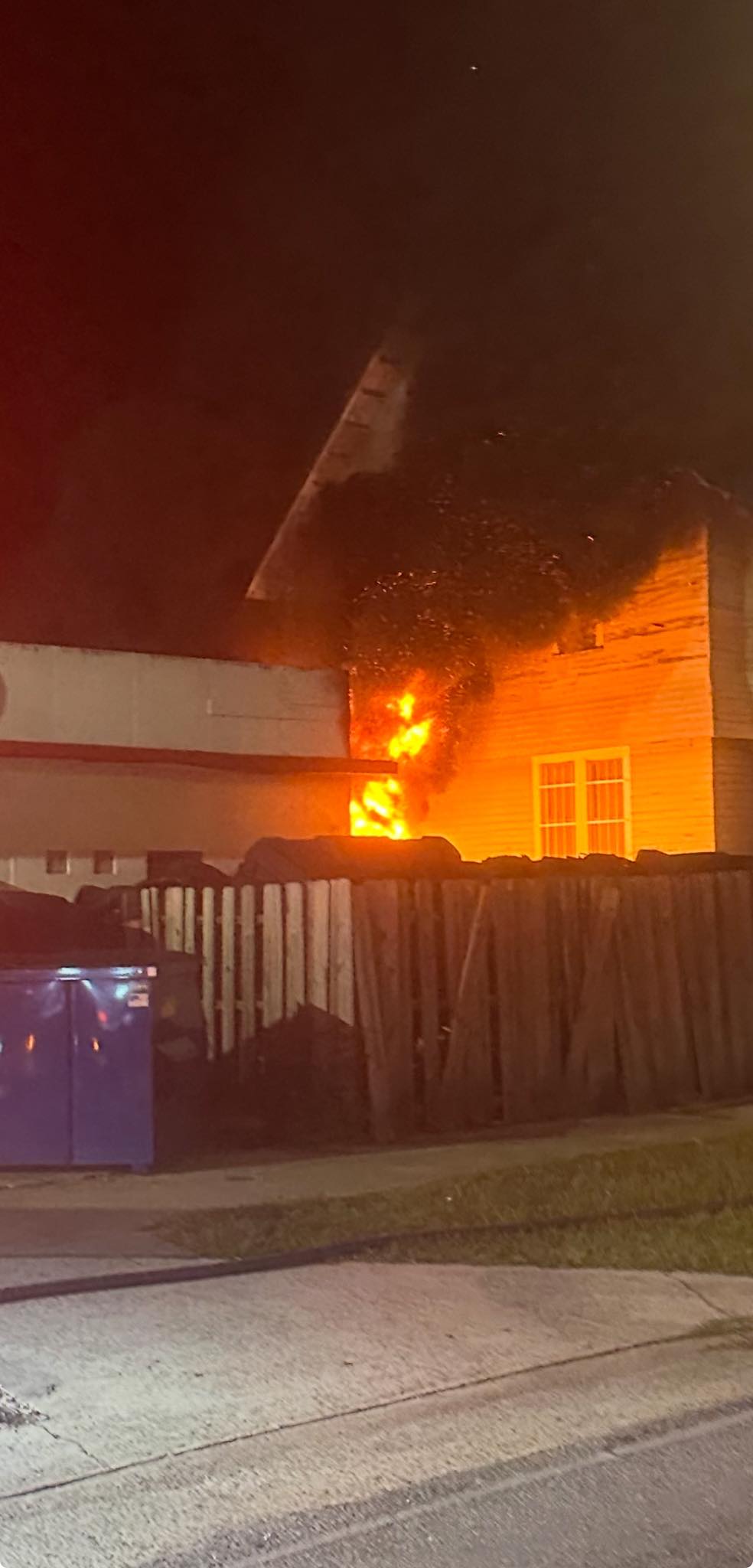Simulator teaches the dangers of texting, driving
Published 9:00 am Friday, October 9, 2015

- Joe Adgie | The Valdosta Daily TimesVSU student Alexis Brooks participates in the AT&T “It Can Wait” Distracted Driving Simulator. Brooks said she would be using her phone a lot less after completing the simulator.
VALDOSTA — I never saw them coming.
I couldn’t have, anyway. I was too busy trying to text my friend to say I would see them in a few minutes.
Trending
AT&T held a distracted driving simulator Thursday at Valdosta State University, telling students that It Can Wait.
I learned this first hand in the simulator, which put me behind the wheel of an automobile, constantly distracted by texts from well-meaning friends and family.
In the simulator, much unlike in real life, I was encouraged to check my phone, respond to texts and see what it was like to be distracted on the highway.
“When will you be here?” one text read as I drove down a residential driveway. Looking down to read it, I realized, almost too late, that I was on a crash course with a group of children crossing the street.
I almost put the brake pedal through the floorboard trying to keep from hitting them.
On a busy city street a short time later, I got a text from some friends. I don’t even remember what the text was, but for some silly reason, I thought I’d respond to it. A father with a stroller was crossing the street. It was almost too late for me to react. Thank God for the brake pedal.
Trending
As a father of a 2-year-old son myself, it was almost too much for me to handle. I had come probably within two feet of knocking them into another dimension.
Trying to respond to the text seconds later, I drifted to the left and almost clipped the car next to me. The driver and passenger of that vehicle, understandably upset, yelled and gestured at me. I couldn’t argue with them — I was in the wrong.
C.J. Johnson, AT&T tour spokesperson for the It Can Wait campaign, said smartphone usage is too high among drivers.
“A recent study is seven in 10 people use their smartphone when behind the wheel,” Johnson said. “It’s an epidemic. It doesn’t matter where I go with the simulation, you look around, and people are on their phones.”
On the simulated interstate, I see a funny Facebook post and decide to like and comment on it. Before long, a semi truck had stopped and I nearly didn’t react in time. My luck was running out. I had escaped several times.
The next time, I wasn’t so lucky.
My friend texted me, wondering when I would be over for the party.
I would see them in a few minutes, I tried to respond.
I never saw the light had turned red.
I never saw the red car hurtling my way.
It ended up crushing the driver’s side of my car. I couldn’t have reacted in time.
The last thing I remember seeing was the aftermath as I was floating away into the heavens. I would have a lot to explain to the higher powers about why I selfishly decided to respond to that text, never mind what my friends and family would think.
“A post, an email, a selfie, a glance, a text, is that worth your life or someone else’s life?” Johnson said. “People are giving their whole life away for an LOL or a short saying. It can wait and it’s not worth it.”
Johnson said he has taken the program to schools, military bases and other facilities for three years.
“We take this around the country; it’s to save lives,” Johnson said. “We want to teach drivers of all ages about the potential deadly consequences of deadly driving. It shows you first hand in a realistic but safe environment just one glance can happen and everything can change.”
“Texting and driving is not the way to go,” said VSU student Alexis Brooks. “I’ll probably do it less frequently than I was doing it, because it was very dangerous.”
Brooks admitted she “often” texted while driving before the simulator.
“This has been a wake-up call for a lot of people,” Johnson said.
Joe Adgie is a reporter for the Valdosta Daily Times.





